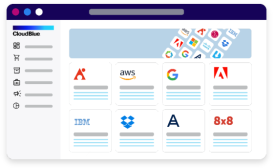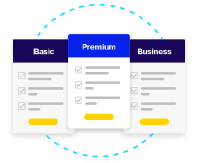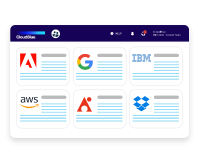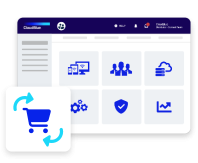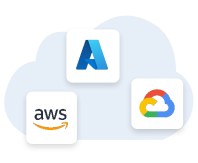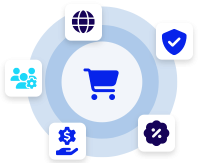Pricing automation refers to the use of software and algorithms to automatically adjust and optimize prices based on a set of predefined rules, data inputs, and real-time market conditions. This process removes the need for manual intervention in pricing decisions, allowing businesses to react more quickly to changes in demand, competitor pricing, and other variables. By leveraging automation, companies can implement dynamic pricing strategies that ensure they remain competitive while maximizing revenue.
In the SaaS industry, pricing automation is often used to manage subscription fees, discounts, and usage-based pricing models. These systems analyze data such as customer behavior, market trends, and sales performance to automatically set or adjust prices. For instance, an automated system might reduce prices during slow sales periods to boost demand or increase them when customer demand is high. It can also segment customers and offer tailored pricing based on usage patterns or historical purchasing behavior.
Pricing automation benefits businesses by ensuring pricing is always optimized for the current market environment, reducing the risk of human error, and saving time. It also allows for more agile pricing adjustments, helping companies to stay competitive without constant manual updates.
Key benefits of pricing automation include:
- Efficiency: Automates pricing decisions, saving time and resources by eliminating manual price-setting processes.
- Real-Time Adjustments: Adapts pricing based on live data, ensuring businesses can respond quickly to market changes.
- Data-Driven Insights: Uses algorithms and data analysis to optimize pricing strategies, leading to more informed and profitable pricing decisions.
By using pricing automation, businesses can ensure that their pricing strategies remain competitive and aligned with market demand, ultimately improving profitability.

